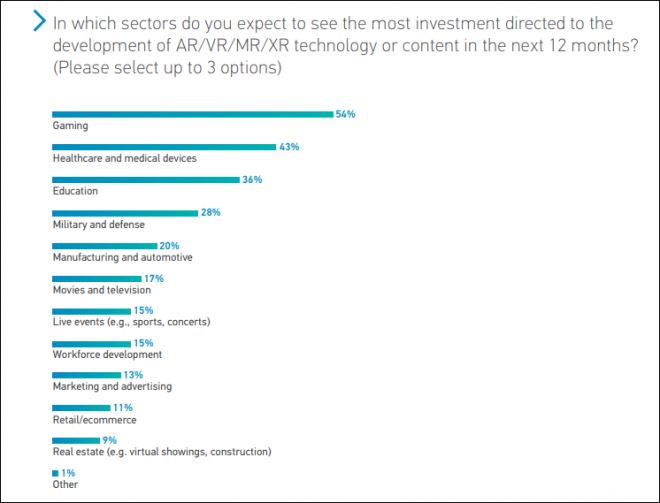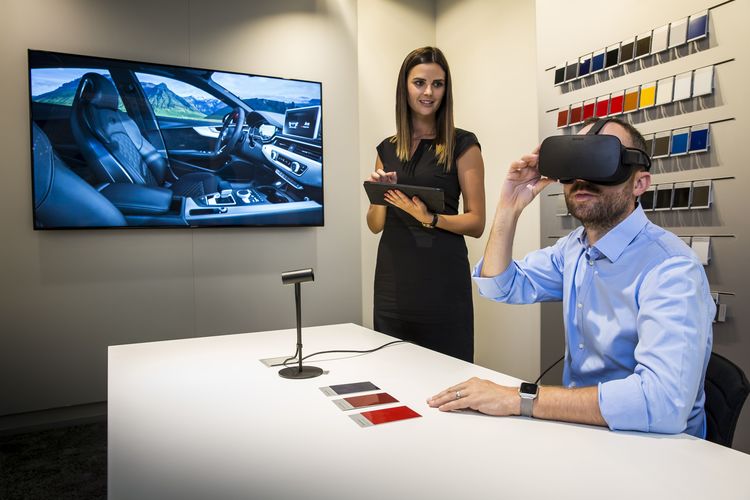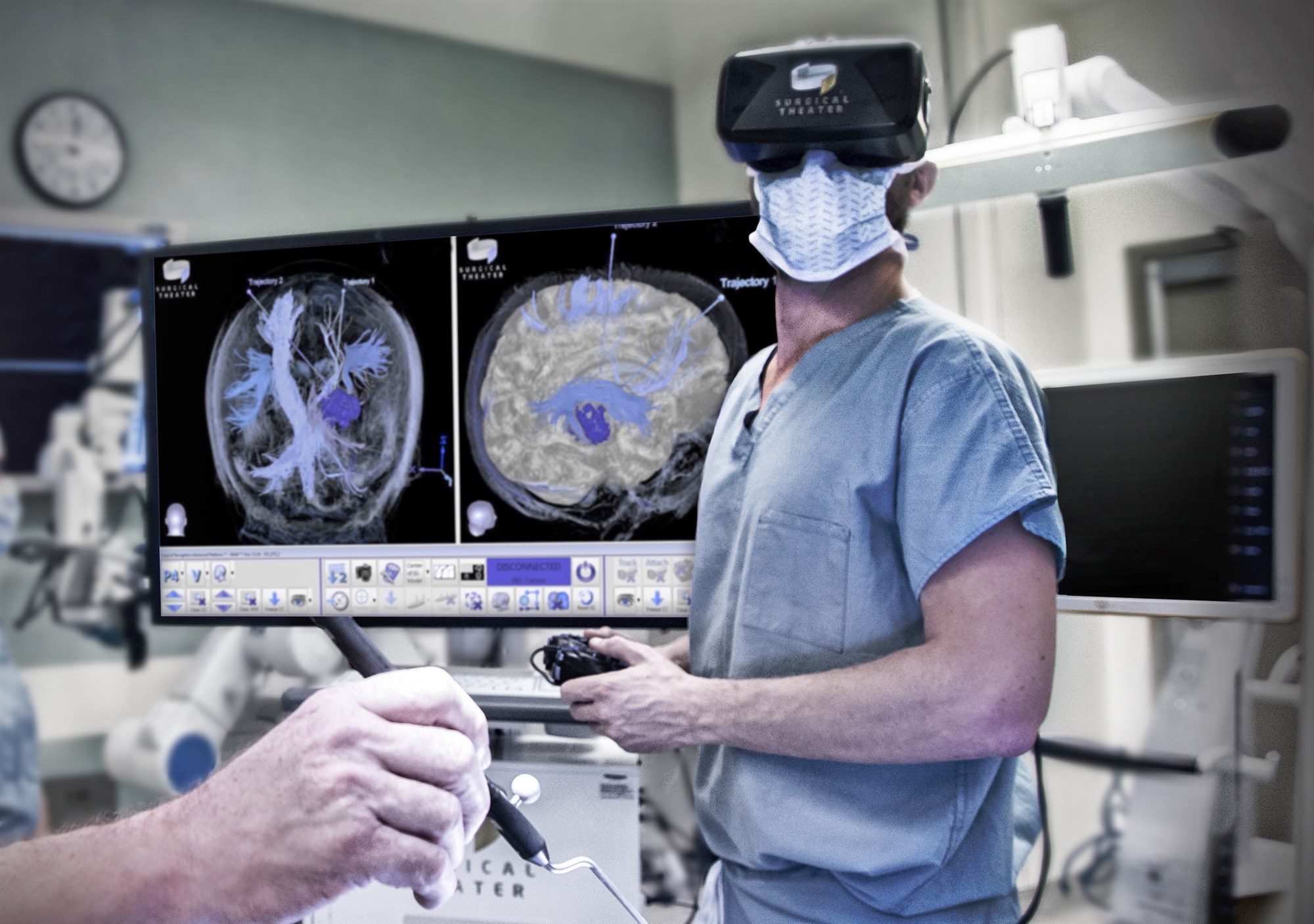VRForWork in Small and Medium Businesses
Here at meetingRoom, we focus on the opportunity for Virtual Reality in business. We believe our solution helps organisations save money by replacing the physical office as the primary means of business collaboration. We also think that applies to any business of any size. So this blog article looks at VRForWork in small and medium businesses.
This blog is the second in a series of articles looking at the impact of virtual reality and associated technologies on businesses. You can find the first article here.
Why Businesses
We took a look at the reasons why businesses were beginning to bring virtual reality (VR) and augmented reality (AR) seriously in the previous post. Here we would like to take a look at which application of these technologies are making businesses sit up and pay attention.
The application of VR and AR applies to any business by the way, not just the huge ones.
While gaming and entertainment were the starting point for the technologies, we quickly saw retail, education, science, medicine and industrial design adopting the technologies. Other sectors are now beginning to experiment, and our objective here is to spend some time looking at what they are doing.
Gaming continues to be a big market for VR, and it is always interesting from a business perspective to take a look at what is happening there. Gaming strategies and gamification, in general, has seeped into businesses in so many ways. There is also a big move at the moment to look at how marketing and advertising can leverage new technologies. So while we do not want to spend time discussing gaming, it is worth taking the time to look at how that sector is using the technology.
However, let’s focus on how businesses are beginning to use the technologies.
Retail
Retail sees virtual reality and augmented reality as providing several key benefits. Enhanced customer engagement, cost reduction, analytics, and re-invigorating the in-store experience.
At a very high level, retailers are beginning to use VR and AR to show consumers how the feel of the product changes when the customer adds features. Then we can add data to help the customer visualise paths and prices, alongside developing store design and layout. The list is limitless, but all see the benefit of using the technology to tie customers into the purchasing decision.
This ability to show customers what their product looks like, think of car showrooms here, is also driving a renaissance in the in-store experience. Have them sit with a headset on and show them what it looks like, get them to select options, change colours and emotionally bond with the product during the purchasing process.
Just what Audi has done. Audi launches Virtual Reality technology in dealerships.
This new in-store experience also fits neatly into how most manufacturers are beginning to utilise Build To Order or product customisation.
Analytics built into the applications used in VR or AR to tell you where the customer is looking. How many didn’t like something or spent more time with an item or the path they took through the decision making process.
In fact, Garter believes that more and more of us will use these technologies in a retail experience. Over 100 million by 2020.
Real Estate
Both in the commercial and consumer real estate business virtual reality is big business. Tours, visualisation, environment setup and selling are all very viable ways to use virtual reality in real estate. It helps people see potential and opportunity when it comes to buildings.
The concept of helping someone see what they are about to get saves time, money and again creates that emotional engagement discussed in the retail section. There is also a significant benefit to anyone needing to go through these processes when they are not local to the real estate developer or where the build will take place.
In fact, even the BBC in the UK has used VR to showcase the future of real estate in programming.
Education
The term education is a broad church, where the application should not just be educational establishments, and the benefits that virtual reality and augmented reality bring to students.
For students think virtual field trips, content visualisation, remote learning and specialisations. However, for businesses think repetitive instruction; industrial practice; product education; dangerous environments; new product introduction.
A report by EdWeek in America, April 2019, concluded that Education Was Seen as Strong Market for VR and AR By Industry Insiders

Education for customers from suppliers is a specific area where there is a significant benefit in customer satisfaction and cost reduction for small businesses. Product delivery supported by virtual reality training can significantly reduce new product introduction cycles and assist in upgrades and updates.
Science and Medicine
Both of these areas were quick adopters of VR and AR in the way they went about their daily business. This fast adoption was down to visualisation. To be able to see things that they hadn’t seen before or couldn’t be seen in the real world was significant.
Also, if your doctor or scientist could practice or experiment safely, within a virtual environment, there was a significant benefit. If others could also then participate remotely and learn or do at the same time, this reduced mistakes and easily replicate centres of expertise.
As long ago as 2017 NBC was reporting how VR was transforming medical care.
Industrial Design
Much the same benefits that real estate found with virtual reality applies to industrial design.
Want to stand on your new oil rig, but it’s not been build yet. Do you want to see the actual part that your factory in Chine is producing for you while you sit in Minnesota? Ensure that the new gearing mechanism works in stressful environments?
Again there is no limit to the ways a virtual reality environment can assist.
VRForWork in Small and Medium Businesses
While people should start looking in more detail at the application of these technologies, we also feel there is a more mundane area of business that VRForWork in small and medium businesses can bring benefits.
Meetings, count them in your environment.
Here is our list of possible areas that meetings occur in
- Strategy
- Progress
- Idea Generation
- Decision Making
- Introduction
- Information
Now we have a level of detail below this, where we start to articulate where a stakeholder update, client engagement or daily sync might sit in that list. You may also have a few that we have missed. However, we believe that it is in this area; there is a significant benefit for a business.
Imagine if you could shorten the length of time a meeting took, allowing remote teams to work more productively together. Imagine engaging with suppliers or customers in an environment that enabled you to work together more closely.
We have just described a virtual meeting using virtual reality.
An immersive solution where you see everyone, it is easy to contribute, speak and be heard. Everyone participates, meetings are action-oriented, with the added benefit of having everything that happens in that meeting persists so you can go back to it at any time.
We believe that this brings significant benefits to our customers.
- Improve Productivity
- Increased Responsiveness
- Enhanced Team Working
- Supports Remote Working
While helping to reduce costs
- Reduce Travel Costs
- Reduce Absenteeism
- Decrease Issue Resolution
- Improve Training
- Avoid Reputational Damage
If you would like to know more about how we help businesses improve their meeting experiences, get in touch.
Now you can replace the physical office as the primary means of business collaboration, put on your VR headsets and step into your unbounded, unlimited office.
#VRForWork
We work with organisations who are interested in how this technology is shaping the future of collaboration using our #VRForWork offering.
We have a step-by-step workshop on how to succeed using #VRForWork delivered by subject matter experts. This workshop includes tailored packages by industry to ensure the process results in helping you utilise and deploy VR. We also focus on developing a proof of concept with you and ensuring a successful conclusion to that POC.
VRForWork in small and medium businesses. Contact us now to find out more.
Also, watch out for our continuing series on VRForWork over the next few months as we start to dive into what Virtual Meeting Rooms mean to different types and sizes of organisations.

